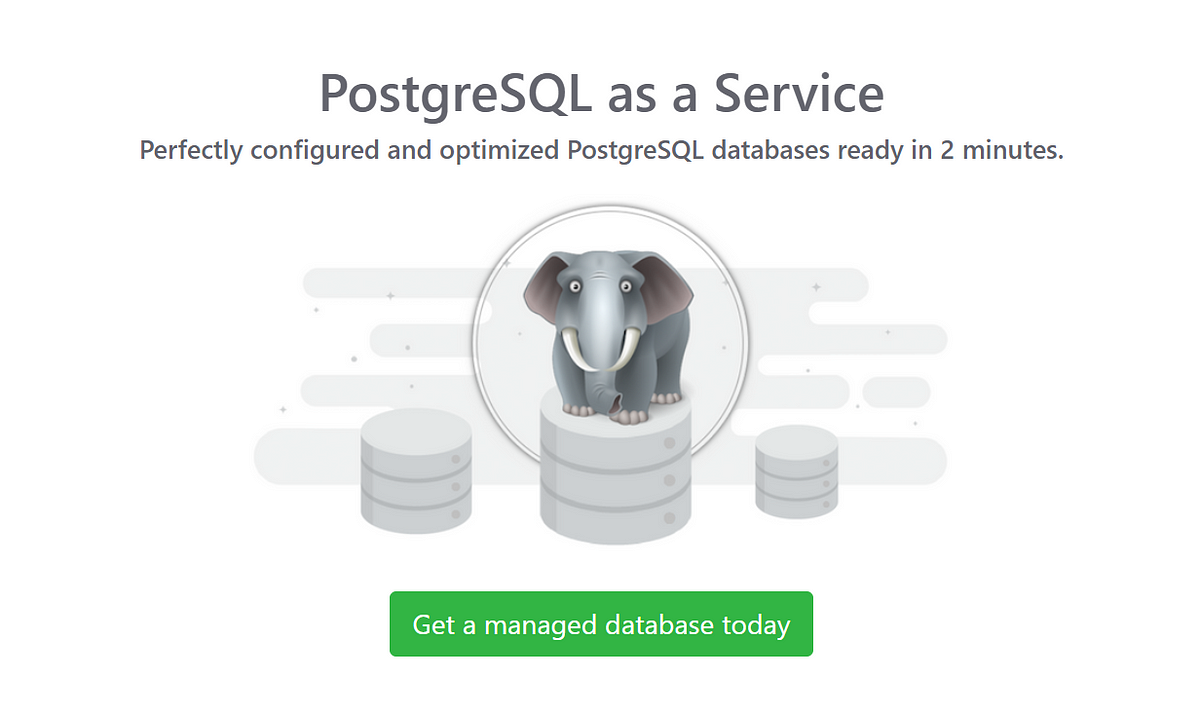Host PostgreSQL Database on Cloud
PostgreSQL is a powerful open-source database system that is widely used by developers and organizations around the world. Hosting your PostgreSQL database on the cloud can offer many benefits, such as scalability, flexibility, and cost-effectiveness. In this article, we will discuss how to host a PostgreSQL database on the cloud and the steps involved in the process.
Choose a Cloud Provider
The first step in hosting your PostgreSQL database on the cloud is to choose a cloud provider. There are several cloud providers available, such as Amazon Web Services (AWS), Google Cloud Platform, and Microsoft Azure. Each cloud provider offers different services and features, so it is essential to evaluate your requirements and choose a provider that meets your needs.
Once you have selected a cloud provider, you will need to create an account and set up your environment. This may involve creating virtual machines, setting up networking, and configuring security settings.
Install PostgreSQL on the Cloud
After setting up your environment, the next step is to install PostgreSQL on the cloud. Most cloud providers offer pre-configured PostgreSQL instances that you can deploy with just a few clicks. Alternatively, you can install PostgreSQL manually on a virtual machine or container.
When installing PostgreSQL, it is essential to consider factors such as version compatibility, performance, and security. You may need to configure authentication settings, optimize performance parameters, and set up regular backups to ensure the integrity of your data.
Connect to Your PostgreSQL Database
Once PostgreSQL is installed on the cloud, you will need to connect to your database to manage and query your data. Most cloud providers offer web-based management tools that allow you to access your PostgreSQL database through a graphical interface.
You can also connect to your PostgreSQL database using command-line tools such as psql or pgAdmin. These tools allow you to execute SQL queries, manage database objects, and monitor performance metrics.
Secure Your PostgreSQL Database
Security is a critical aspect of hosting your PostgreSQL database on the cloud. You must implement robust security measures to protect your data from unauthorized access, data breaches, and other security threats.
Some best practices for securing your PostgreSQL database on the cloud include encrypting data at rest and in transit, implementing strong authentication mechanisms, and regularly patching and updating your database software to address security vulnerabilities.
Optimize Performance and Scalability
Optimizing performance and scalability is essential for ensuring that your PostgreSQL database can meet the demands of your applications and users. You can improve performance by optimizing database queries, indexing tables, and tuning configuration parameters.
Scaling your PostgreSQL database on the cloud involves adding more resources, such as CPU, memory, and storage, to handle increases in workload and data volume. Most cloud providers offer scalable infrastructure services that allow you to adjust resources dynamically based on your requirements.
Monitor and Manage Your PostgreSQL Database
Monitoring and managing your PostgreSQL database on the cloud is crucial for ensuring optimal performance, reliability, and availability. You can use monitoring tools and dashboards provided by your cloud provider to track database metrics, identify performance bottlenecks, and troubleshoot issues.
Regularly monitoring your PostgreSQL database allows you to proactively address any issues before they impact your applications and users. You can set up alerts and notifications to notify you of potential problems, such as high CPU usage, low disk space, or database errors.
Conclusion
Hosting your PostgreSQL database on the cloud offers many benefits, such as scalability, flexibility, and cost-effectiveness. By following the steps outlined in this article, you can deploy and manage a PostgreSQL database on the cloud efficiently and securely.
Remember to choose a reliable cloud provider, install PostgreSQL properly, secure your database, optimize performance and scalability, and monitor and manage your database effectively. With the right approach and best practices, you can harness the power of PostgreSQL on the cloud and ensure the success of your applications and business.
